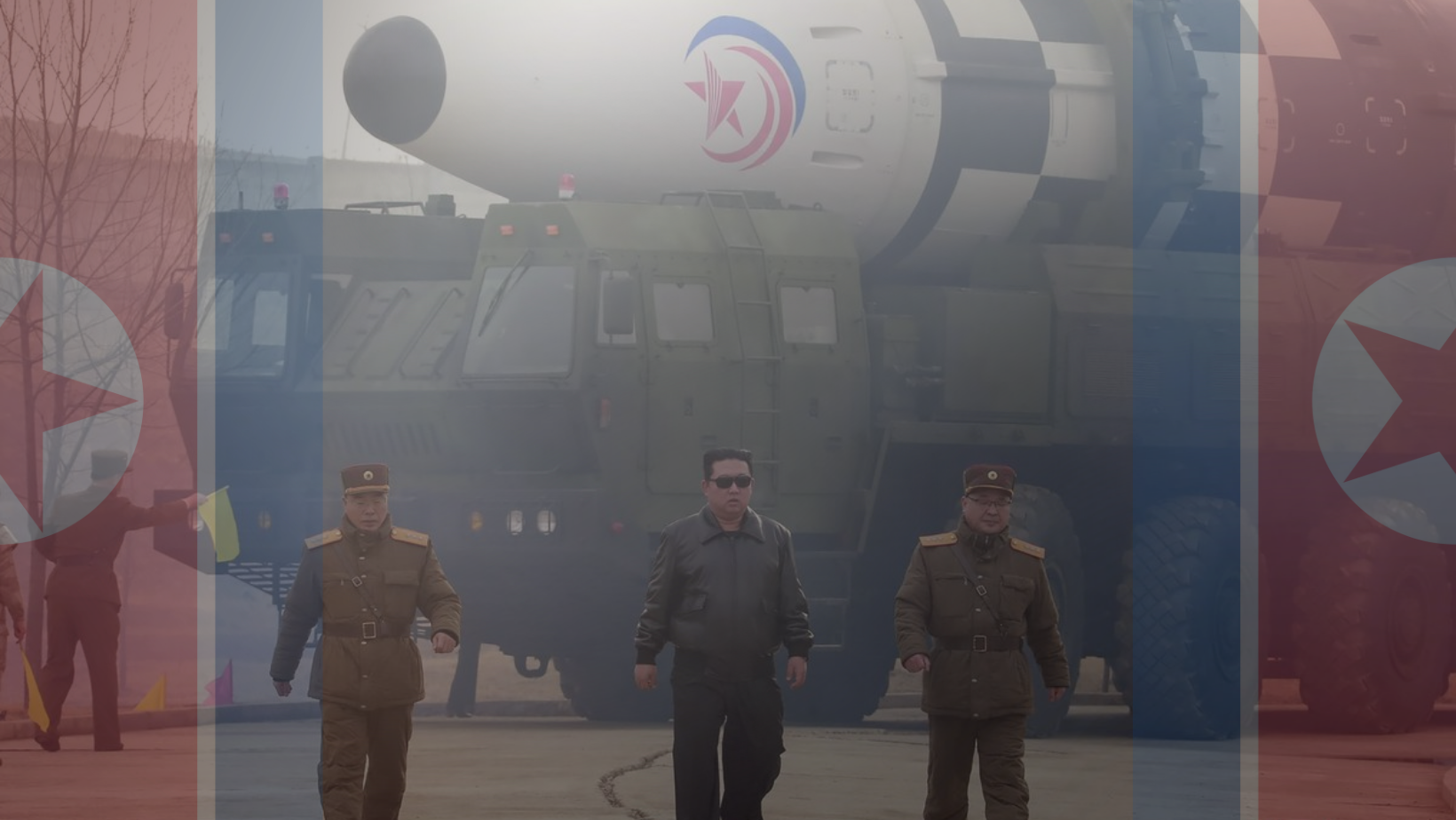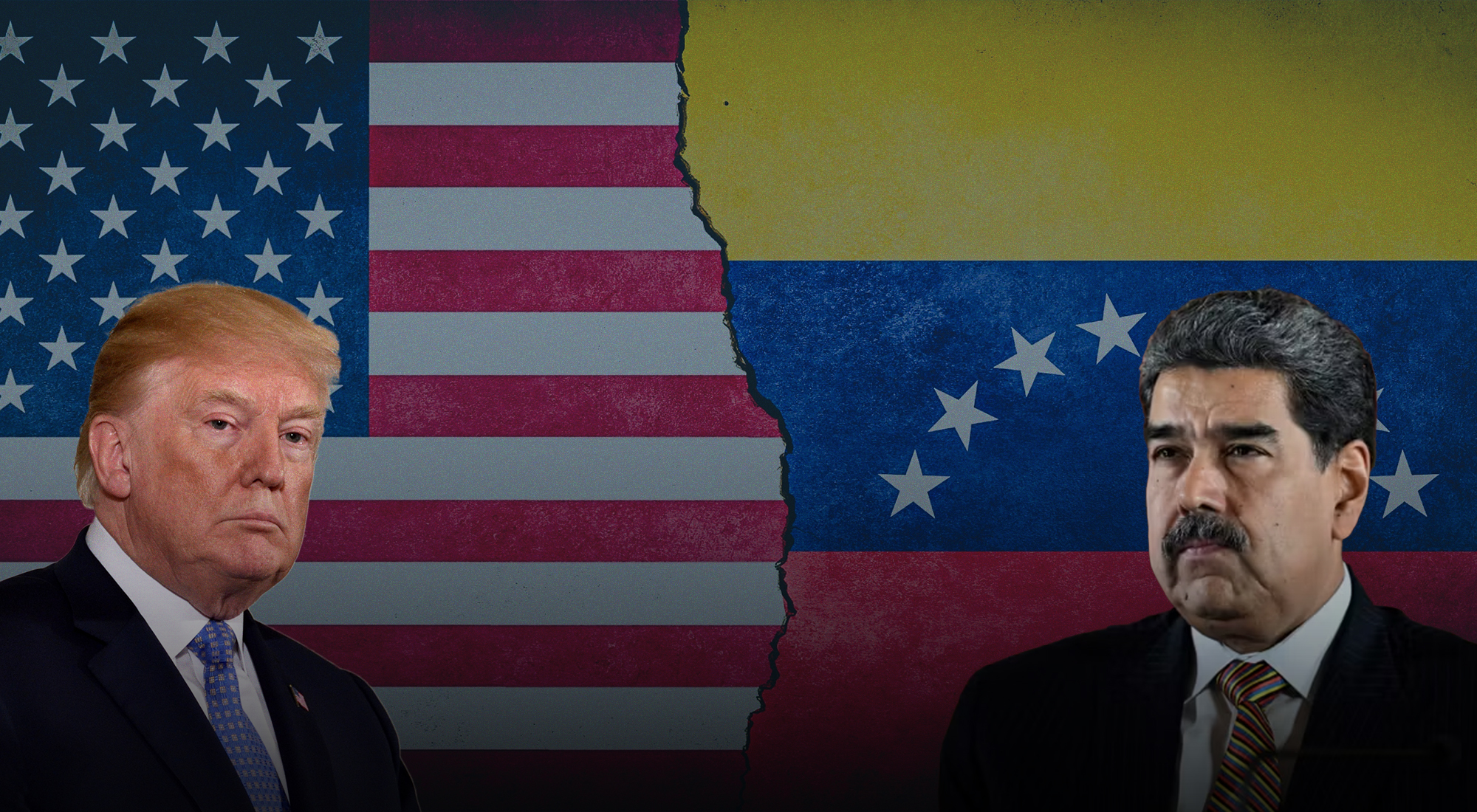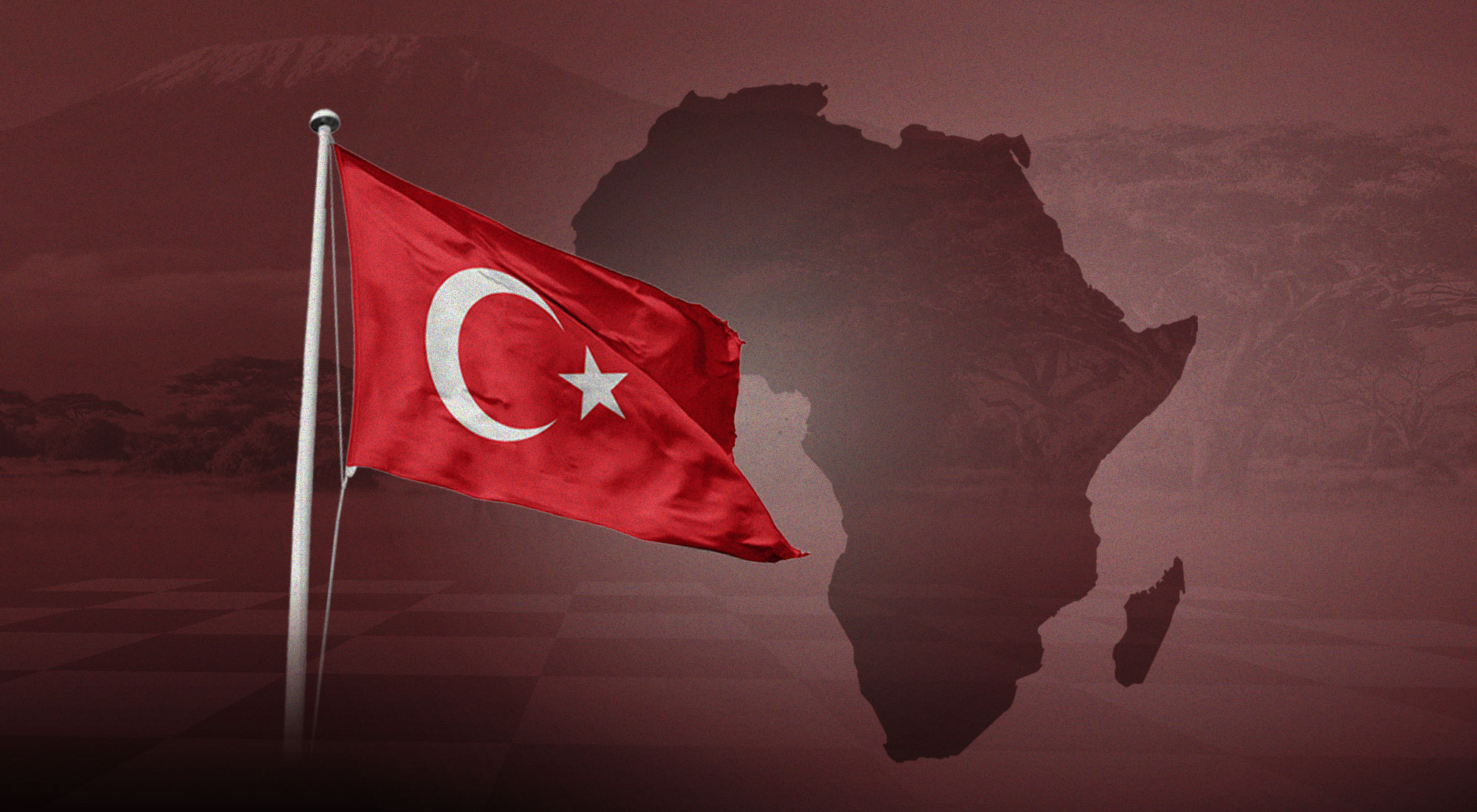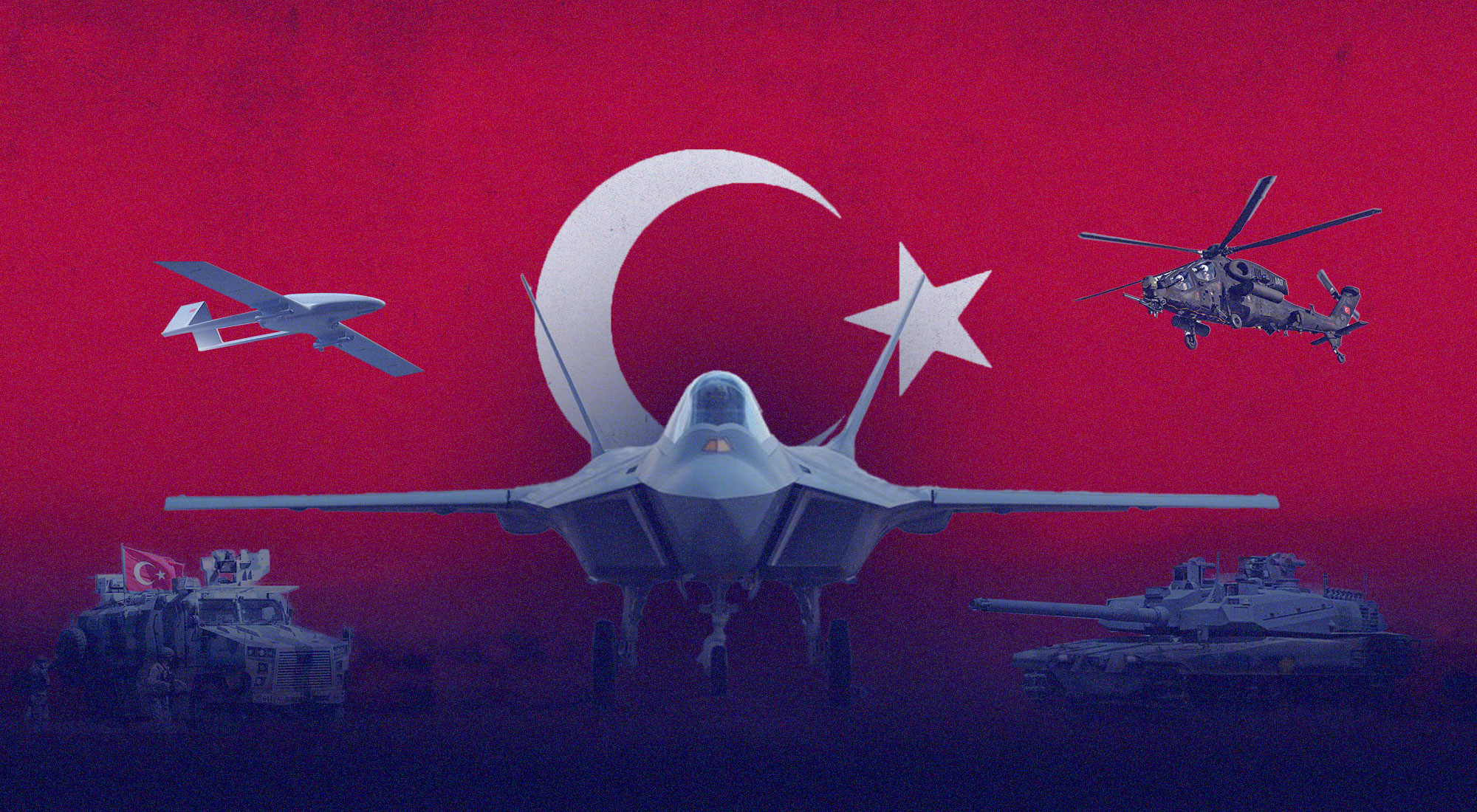In January 2021, North Korean leader Kim Jong Un, speaking on the fourth and fifth days of the Workers’ Party of Korea’s 8th Party Congress, announced a wide-ranging five-year military modernization campaign.[1] Since then, North Korea’s Academy of National Defense Science, among other relevant national bodies, has set out to implement the modernization goals Kim had outlined. To date, these have included the inaugural tests of new cruise missiles, a hypersonic glide vehicle, a maneuverable reentry vehicle equipped ballistic missile, and component tests for a new optical satellite with latent implications for the development of a multiple independently targetable reentry vehicle (MIRV) capability for intercontinental-range ballistic missiles. This year, North Korea has also notably stepped up the intensity of its missile testing activity. So far, it has carried out 31 launches of individual ballistic missiles,[2] which gives 2022 the distinction of being the most intense missile testing year in North Korean history, despite being only half way through the year.
While Kim Jong Un has indicated the centrality of the national military modernization effort that started last year, North Korea continues to endure notable domestic challenges. First, Kim began 2022 with a strong emphasis on agricultural productivity in his traditional New Year’s Day address (which took the form of a party plenum report).[3] He referenced defense issues only briefly – despite the substantial missile testing that would follow. The emphasis on agricultural productivity relates to considerable food insecurity in North Korea, which has been worsened by successive poor harvests in recent years.
In the weeks and months since Kim’s report, state media have often reported on major agricultural projects in the country, often favoring them even over missile launches, which have receded to the background. The second notable domestic development in North Korea is the May 2022 acknowledgement of the arrival of the omicron variant of the Covid-19 virus in the country, after more than two years of insistence that not a single case of the disease had been seen in North Korea. With a lack of Covid-19 testing diagnostics, North Korea has reported on the wide spread of “fever” in the country – a euphemism for Covid-19. Following the acknowledgement of the arrival of the pandemic in the country, North Korean state media ceased reporting on missile tests, even as they continued with increasing intensity. In early June, North Korea launched eight short-range ballistic missiles from four distinct launch points: an unprecedented type of missile testing.[4]
A new testing tempo
The increased intensity of North Korean missile testing, as part of the 8th Party Congress modernization campaign, is a new and notable development. In the past, including in the lead-up to the missile testing flurry of 2017, analysts underscored the relative paucity of North Korean missile tests of a given missile type as a lack of seriousness about improving the reliability of these systems.[5] In short, North Korea appeared to some as being much more concerned with baseline credibility, as established through specific qualitative demonstrations, versus the refinement of the military utility of weapons systems. The shift to the mass production of ballistic missiles – something Kim called for in his 2018 New Year’s Day address – has likely raised concerns in the country about manufacturing and production reliability.[6] While North Korea is not testing older missiles, like its Scud and Nodong series missiles, at increased intensity, it is testing many of its newer systems regularly. These concerns would affect primarily the organizations involved with the country’s missile programs, including the Academy of National Defense Science, the Munitions Industry Department, the Ministry of Rocket Industry, and other distributed departments.
A particular trend in this area since 2019 is the frequent testing of short-range ballistic missiles – particularly those in the KN23, KN24, and KN25 families.[7] Starting in late-2017, North Korea appeared to invest considerable energy in its solid propellant missile manufacturing complex. Solid propellant missiles are desirable for their responsiveness: their fuel is cast at the time of manufacture, which allows them to be readily used when needed without substantial in-field support or fueling. While liquid propellant missiles may use storable propellants, North Korea appears to fuel these missile types prior to their launch. In late January 2022, Kim toured an underground missile factory, where large flow-forming machines could be seen alongside partially finished airframes, for what appeared to be KN23-type short-range ballistic missiles.
The KN23 – and its siblings – are turning out to be the new workhorses for the Korean People’s Army’s burgeoning precision strike capability. These missiles have been tested more than any other in North Korea’s history and state media have shown images, repeatedly, of KN23-type missiles striking Alsom Island, an island off the country’s eastern coast used as a target in missile tests. At the same time, North Korea has indicated its intention to use these missiles to achieve significant strategic effects against South Korean military facilities, including airstrips that may host stealth aircraft like the Republic of Korea Air Force’s F-35A. Because North Korea’s air defense systems are largely obsolete against fifth-generation fighters, Pyongyang favors preemption. Frequent operational drills involving solid-fuel short-range ballistic missile units indicate a degree of interest in developing a certain level of operational fluency. The pace of tests suggests that mass production is underway – an assertion supported by Kim’s factory tour.
The Academy of Defense Science, which has overseen this program and the manufacturing of this missile, may have concerns about reliability and manufacturing tolerances. For the first known time, a KN23-type short-range ballistic missile appeared to fail in flight during a May 2022 test.[8] The next test involved eight such missiles, launched by various units around the country. According to South Korean authorities, units based in Sunan (Pyongyang’s international airport), Kaechon, Tongchang-ri (Sohae) and Hamhung participated in these exercises.[9] Notably, Hamhung is strongly associated with North Korea’s solid propellant research and development efforts and the KN23 program[10] – the city and its outskirts host a range of North Korean defense-related facilities, including the Chemical Materials Institute. If these missiles have been mass-produced and delivered to various units, it would be sensible to carry out limited tests involving random units to assess whether systematic manufacturing flaws may have reduced the overall reliability of this system.
This general approach to missile testing, development, and evaluation differs from how North Korea handled missiles – short-range and longer-range – in the 2013-2017 missile-testing campaign that culminated in the intercontinental-range ballistic missile tests of 2017. This suggests an emphasis on mass production, reliability, and achieving militarily significant effects for potential warfighting.
Tactical nuclear weapons
Of the many goals set out by Kim at the 8th Party Congress, tactical nuclear weapons are the most concerning for peace and security on the Korean Peninsula. While there is no universally accepted definition of a tactical nuclear weapon, states that use this term – or the related “nonstrategic” nuclear weapon – often mean nuclear weapons with deliberately low yields mated to short-range delivery systems. Contrary to higher-yield nuclear weapons, these weapons are seen as more “useable” and, thus, credible. For a country in North Korea’s position that seeks to deter a conventionally superior, territorial contiguous U.S.-South Korea alliance, tactical nuclear weapons hold particular appeal.[11]
Through the first half of 2022, intelligence assessments have converged on the view that a seventh North Korean nuclear test is likely. Such a test, should it occur, is likely to involve a lower-yield nuclear weapon with a smaller diameter and mass than Pyongyang’s past fission and thermonuclear weapon tests. A nuclear weapon with these characteristics could then be mass-produced and mated with a range of suitable delivery systems. To date, North Korea has identified a single delivery system suitable for tactical nuclear weapons. In April 2022, Kim attended and observed the test of a new close-range ballistic missile that state media described as having the purpose of “enhancing the efficiency in the operation of tactical nukes.”[12] North Korea had never previously described its nuclear systems as “tactical”, opting conversely to use the euphemism “strategic” to refer to any nuclear-capable system.
Nuclear testing is likely required for North Korea’s planned tactical nuclear weapons designs, particularly if it seeks to substantially lower the mass and size of its nuclear physics packages. Smaller nuclear weapons could also enable North Korea to mate nuclear warheads with cruise missiles, which could add to the diversity of its capabilities on land and at sea. Cruise missiles have particularly stringent center-of-mass requirements to ensure stable and efficient flight compared to ballistic missiles. North Korea is likely to proceed to nuclear testing. Geopolitically, the Russia-Ukraine war and the ensuing discord at the United Nations Security Council have created permissive conditions for its testing. China, notably, has ruled out the possibility of supporting a new United Nations Security Council sanctions resolution against North Korea.[13] The United States appears uncompromising in its support for a new resolution to condemn a North Korean nuclear testing; China and Russia may support a United Nations Security Council presidential statement condemning such a test, however.
Covid-19 and North Korean state media silence
North Korea’s missile tests since May 2022 have gone unreported in state media, posing a puzzle given that these tests have not been known to have failed, which is the one condition that results in state media ignoring tests. The simplest explanation for this silence appears to be the arrival of the Covid-19 pandemic in the country. Since North Korea acknowledged that the pandemic was within its borders, state media has emphasized that Kim is making public health and pandemic control his top priority. In this context, reporting on ongoing missile testing could be seen by the leadership as detrimental to broader efforts to show Kim as positively engaged with bringing the pandemic under control. North Korea’s Covid-19 control efforts have primarily consisted of a lockdown campaign, given the lack of any effective vaccines or therapeutics – though there are some reports that North Korea has started to distribute Chinese-made vaccines to its citizens to mitigate the spread of Covid-19.
A second hypothesis – one that is less well-supported – that could explain North Korea’s silence is related to its efforts to normalize missile testing. The increase in missile testing intensity and tempo, combined with a lack of propaganda emphasis, matches how many other military powers, including the United States, undertake the testing and development of novel military systems. While North Korea has traditionally used successful launches as powerful propaganda demonstrations within its borders to emphasize its military prowess and the success of its leadership in implementing national defense modernization goals, increased testing intensity could be changing how the leadership conceptualizes the value of repeated reports. Some of the May 2022 tests are either known to have failed (such as the short-range ballistic missile test referenced earlier) and others could have failed. Where major systems are concerned, such as hypersonic weapons or maneuverable weapons, North Korea has emphasized its technical prowess to the outside world, emphasizing that it is pursuing technologies possessed by few other countries.
Conclusions and broader trends
North Korea continues to pursue its 8th Party Congress military modernization agenda without compromise. The development of its missile and nuclear force continues to be a core national priority. While the arrival of the Covid-19 pandemic in North Korea has increased the state’s opacity around its missile-testing activities, there is no evidence that testing has or will slow down. The fact that 2022 marks the busiest month of missile testing in North Korean history underscores a broader emphasis on reliability – both in manufacturing practices for missiles and in the actual, real-world performance of these missiles. For Kim Jong Un, the development of strategic nuclear weapons alongside conventional missiles and possible tactical nuclear weapons continues to be a top priority. With the world’s attention largely distracted by Russia’s war in Ukraine, North Korea’s repeated and continued missile tests risk being normalized. Where North Korean missile tests were once seen as extraordinary events, they are becoming all too ordinary in today’s Northeast Asian strategic environment.
References
[1] See “On Report Made by Supreme Leader Kim Jong Un at Eighth Party Congress of WPK,” NCNK, January 25, 2021, https://www.ncnk.org/resources/publications/kju_8th_party_congress_speech_summary.pdf/file_view.
[2] Sung Kim, “U.S. Special Representative to the Democratic People’s Republic of Korea Sung Kim On Recent DPRK Missile Launches,” United States Department of State (blog), accessed June 13, 2022, https://www.state.gov/u-s-special-representative-to-the-democratic-peoples-republic-of-korea-sung-kim-on-recent-dprk-missile-launches/.
[3] Min Joo Kim, “North Korea’s Kim Jong Un Vows to Solve Economic Crisis and Bolster Military,” Washington Post, accessed June 13, 2022, https://www.washingtonpost.com/world/2022/01/01/north-korea-kim-speech-new-year/.
[4] Gawon Bae. Emiko Jozuka and Helen Regan, “North Korea Launches 8 Ballistic Missiles off East Coast, South Korea Says,” CNN, accessed June 13, 2022, https://www.cnn.com/2022/06/04/asia/north-korea-missile-launch-june-5-intl-hnk/index.html.
[5] For an earlier example of this, see Markus Schiller, “Characterizing the North Korean Nuclear Missile Threat,” RAND Corporation, September 27, 2012, https://www.rand.org/pubs/technical_reports/TR1268.html.
[6] “Kim Jong Un’s 2018 New Year’s Address,” NCNK, January 1, 2018, https://www.ncnk.org/node/1427.
[7] The KN24 is known as the Hwasong-11 in North Korea. The KN23 and KN25 have no publicly known North Korean designation. The KN designation system is used by the U.S. intelligence community to taxonomize North Korean missiles.
[8] “North Korea Launches Three Missiles into the Sea, Including Suspected ICBM,” NPR, May 25, 2022, https://www.npr.org/2022/05/25/1101137516/north-korea-launches-three-missiles-into-the-sea-including-suspected-icbm.
[9] Jesse Johnson, “North Korea Fires Off ‘Unprecedented’ Volley of Eight Ballistic Missiles,” The Japan Times, June 5, 2022, https://www.japantimes.co.jp/news/2022/06/05/asia-pacific/north-korea-missile-launch-june-5/.
[10] Joseph S. Bermudez, “North Korea’s Solid-Propellant Rocket Engine Production Infrastructure: The No. 17 Factory in Hamhung – 38 North: Informed Analysis of North Korea,” 38 North, January 30, 2018, https://www.38north.org/2018/01/no17factory180130/.
[11] Ankit Panda, “North Korea’s Tactical Nuclear Plans Are a Dangerous Proposition,” Foreign Policy, April 28, 2022, https://foreignpolicy.com/2022/04/28/north-korea-tactical-nuclear-plans-dangerous-proposition/.
[12] Josh Smith, “Analysis: North Korea Could ‘Go Small’ with Tactical Nukes,” Reuters, April 22, 2022, https://www.reuters.com/business/aerospace-defense/nkorea-could-go-small-with-tactical-nukes-if-it-resumes-testing-2022-04-22/.
[13] Chaewon Chung, “China Signals It Won’t Support New Sanctions If North Korea Tests Nuclear Weapon,” NK News, June 2, 2022, https://www.nknews.org/2022/06/china-signals-it-wont-support-sanctions-if-north-korea-tests-nuclear-weapon/.








